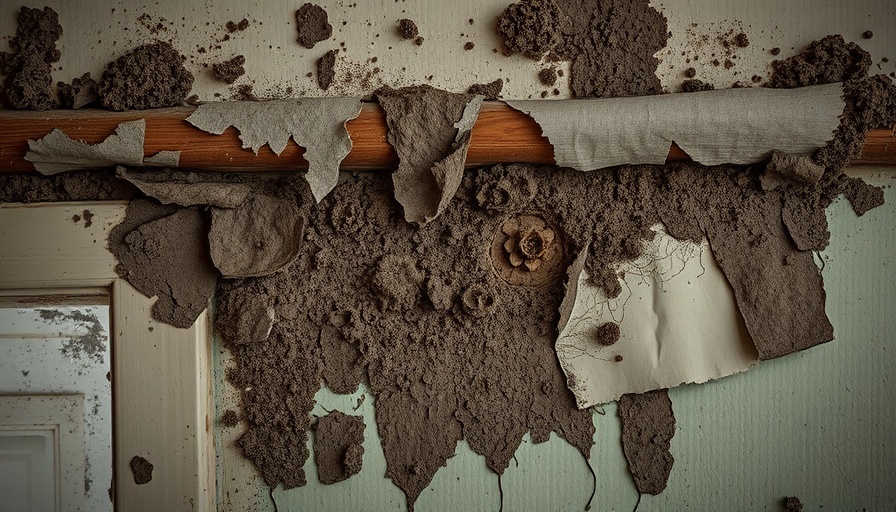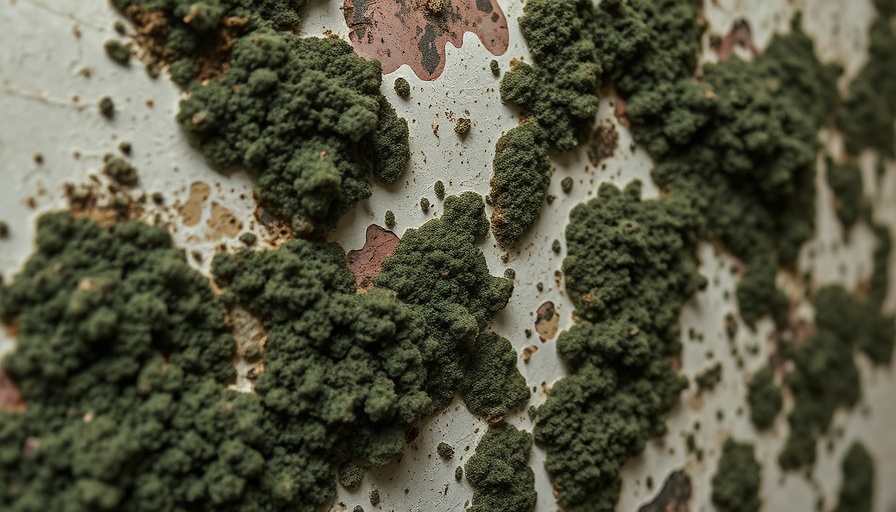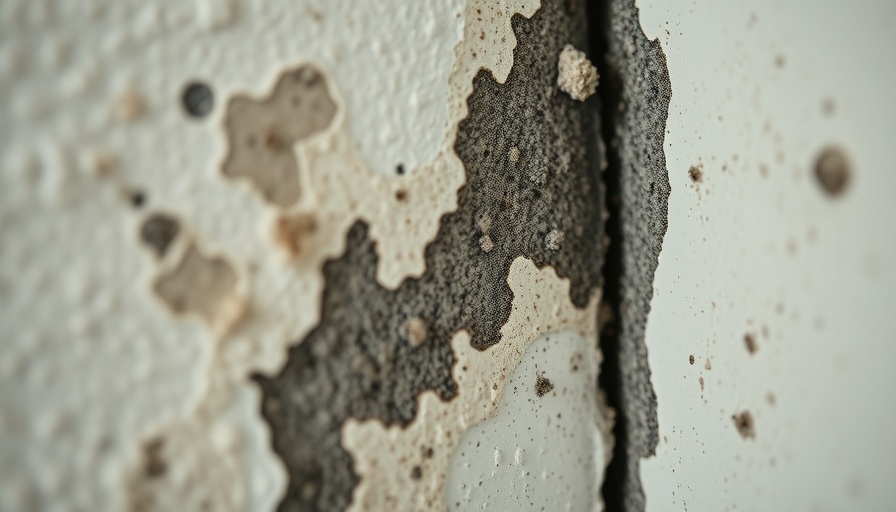
Portland's Hidden Danger: The Silent Mold Crisis in Our Backyards
Portland, with its enchanting landscapes and vibrant culture, harbors a lurking danger that remains largely unnoticed by many: the pervasive mold crisis affecting homes and health in the area. As both homeowners and renters, the urgency to recognize and address this issue cannot be overstated. Mold, a type of fungus thriving in damp climates like Portland's, can proliferate in our backyards and homes, leading to health risks and potential property damage.
Understanding Mold: The Foundation of the Issue
Mold spores travel through the air, easily finding their way into homes, particularly during Portland's notoriously wet and humid seasons. The Pacific Northwest’s unique climate creates an ideal breeding ground for several common molds such as Cladosporium, Penicillium, and Aspergillus. While many molds are harmless in small amounts, significant growth can lead to serious respiratory issues and other health problems, particularly for individuals with allergies, asthma, or compromised immune systems. Awareness and understanding of these risks are crucial for Portland residents.
How to Detect Mold Before It Becomes a Problem
Identifying mold can pose a challenge, especially when dealing with hidden areas within walls or beneath floors. Homeowners should remain vigilant for distinctive signs of mold, which include musty odors and peculiar discolorations on walls or ceilings. Areas prone to moisture such as kitchens, bathrooms, and basements are particularly susceptible, making regular inspections essential. Spotting these indicators early can save time, effort, and financial burden from extensive damage.
The Alarming Health Risks Associated with Mold
The health risks tied to mold exposure in Portland are profound. Mold can release allergens and mycotoxins, causing respiratory distress, allergic reactions, and even neurotoxic effects, particularly in vulnerable populations such as children and the elderly. Symptoms range from sneezing and coughing to serious complications like respiratory infections and exacerbated asthma attacks. The longer the exposure, the greater the health risks, which underscores the necessity for immediate action when mold is suspected.
Practical Steps for Effective Mold Remediation
Dealing with mold requires a structured approach. Professional remediation services provide comprehensive inspections, safe removal, and preventive strategies to mitigate moisture build-up. Portland homeowners are encouraged to hire experts equipped to handle extensive mold infestations. Those who opt for DIY remediation must adhere to safety protocols, such as using respirators and sealing off affected areas to prevent further spore spread.
Proactive Measures: Maintaining a Mold-Free Home
Preventing mold is always preferable to combating it once established. Homeowners should maintain humidity levels between 30-50%, address leaks immediately, and ensure proper ventilation in moisture-prone areas. Regular inspections of basements and crawl spaces can catch potential issues before they escalate. Additionally, implementing the recommendations of mold experts can significantly improve indoor air quality and overall health safety.
Case Studies: Real-Life Experiences with Mold in Portland
Many homeowners in Portland have shared their journeys battling mold, illustrating the emotional and physical toll it can take. Take the case of Mary, a local resident whose battle with mold left her family suffering from chronic respiratory issues. After a thorough inspection and subsequent professional remediation, they not only eliminated the mold but also improved their air quality, showcasing the transformative power of addressing such home problems. Stories like Mary's serve as both a cautionary tale and a beacon of hope for those currently facing mold-related difficulties.
Understanding the silent mold crisis in our backyards is vital for Portland residents. By arming ourselves with knowledge, proactive measures, and timely intervention, we can protect our homes and health from mold's harmful effects.
 Add Row
Add Row  Add
Add 




 Add Row
Add Row  Add
Add 

Write A Comment